Explore Ijen Crater | Mount Bromo | Tumpak sewu waterfall
What Exactly Causes the Blue Fire at Ijen Crater?
25 Juni 2025 11x Article Blog
Ijen Crater: Deep in the volcanic highlands of East Java, Indonesia, a surreal and glowing blue flame rises from the earth each night. This is the legendary blue fire of Ijen Crater—a phenomenon so rare and captivating that it draws adventurers and photographers from around the globe.
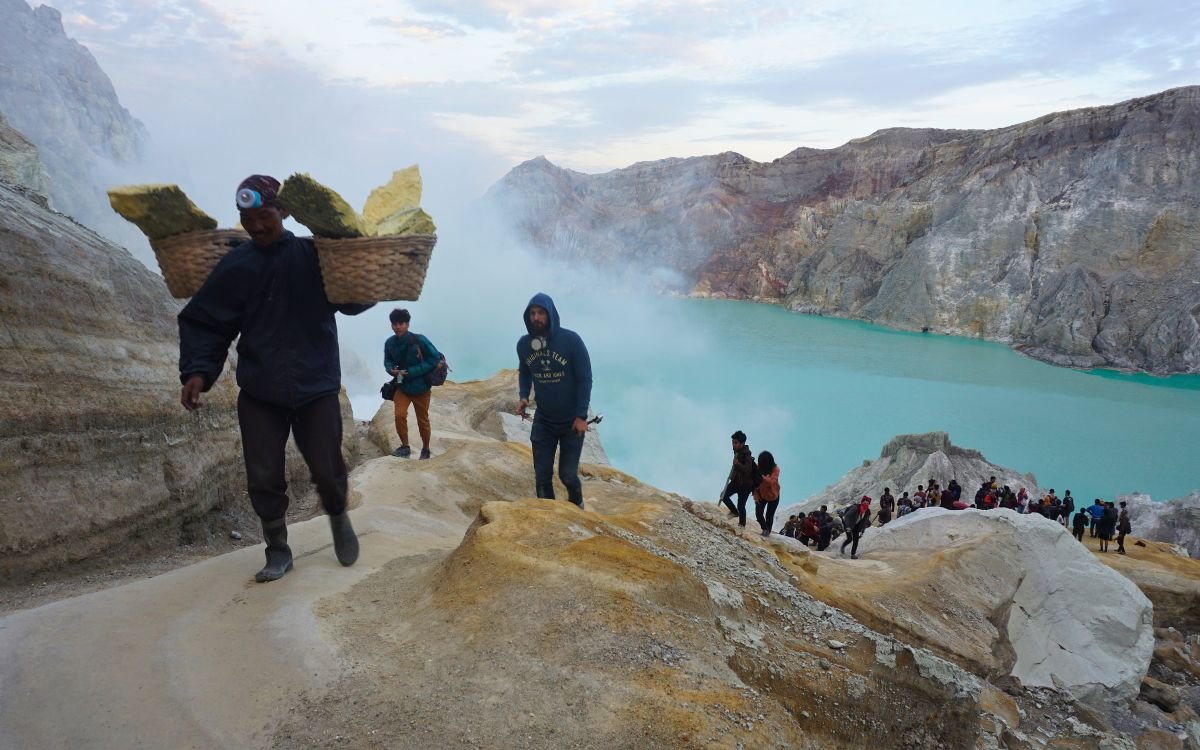
But what exactly causes this stunning blue glow? Is it fire? And is it safe to witness up close?
Let’s dive into the science, mystery, and travel tips behind this one-of-a-kind natural marvel.
🌋 What Is the Blue Fire of Ijen Crater?
Despite the name, the blue fire at Ijen isn’t fire in the traditional sense. It’s actually sulfuric gas combustion. The Ijen volcano emits high-temperature gases—rich in sulfur—that can reach up to 600°C (1,112°F). When these gases escape through cracks in the crater and come into contact with the oxygen in the air, they ignite and create electric-blue flames.
In some cases, the burning gas condenses into liquid sulfur, which also catches fire as it flows down the rock surface, giving the illusion of lava made of blue fire.
It’s a rare chemical reaction that creates a dreamlike experience in the heart of the night.
Tour Package : ijen crater tour from Bali
🌍 Why Ijen Is So Unique
Although blue flames can occur at other volcanoes, Ijen is the only place in the world where the phenomenon is consistently visible and accessible. This is due to three key factors:
-
Abundant sulfur emissions from one of the world’s largest sulfur mines
-
Open vents and active fumaroles allowing constant gas release
-
Perfect viewing conditions before dawn due to minimal light pollution and high-altitude air
To witness it, travelers must begin their hike around midnight, aiming to reach the crater by 2:00 or 3:00 AM—well before sunrise washes out the glow.
🛡️ Is It Safe?
With a knowledgeable local guide and proper safety gear, yes—it’s safe. The crater emits toxic sulfur gases, so wearing a gas mask is non-negotiable. Tour guides provide masks and help navigate the 3-kilometer uphill trail.
Though physically demanding, the experience is absolutely worth it. Always choose a licensed tour operator for safety and the best possible timing.
More info update: Instagram Kawah Ijen Indonesia
🧠 Frequently Asked Questions (FAQs)
1. What time is best to see the blue fire at Ijen Crater?
The blue fire is only visible in total darkness, usually from 1:00 AM to 4:00 AM. Most tours start around midnight.
2. Is the blue fire dangerous?
The flames themselves are not harmful, but the sulfur gas is toxic. Proper masks and an experienced guide are essential.
3. Can you see the blue fire during the day?
No. It becomes invisible in daylight, so early morning darkness is required for viewing.
4. Is the hike to Ijen difficult?
It’s a moderate 3 km (1.8 miles) trek uphill. A basic level of fitness is enough, but pacing and rest stops help.
5. Can children or elderly travelers join the tour?
Not recommended. The steep path, darkness, and gas exposure make it unsuitable for young kids or those with health conditions.
6. What should I bring for the hike?
-
Warm layers (temperatures drop at night)
-
Sturdy hiking shoes
-
Headlamp or flashlight
-
Gas mask (provided by guides)
-
Water and snacks
-
Camera with night mode or long exposure
7. Is it available all year round?
Yes, but the dry season (April to October) offers the best conditions for trekking and visibility.
8. Can I take photos of the blue fire?
Yes! It’s a photographer’s dream. Bring a tripod and use manual or night settings to capture the glow clearly.
✨ Final Thoughts
The blue fire of Ijen is more than just a scientific wonder—it’s a spiritual, visual, and physical journey. From the quiet darkness of the volcano’s rim to the humbling sight of sulfur miners at work, the experience is unlike any other.
If you’re craving an adventure off the beaten path, this is it.
For more info, Chat on WhatsApp
Maybe you are interested in reading the following article:
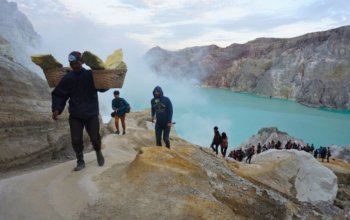
What Exactly Causes the Blue Fire at Ijen Crater?
Ijen Crater: Deep in the volcanic highlands of East Java, Indonesia, a surreal and glowing blue flame rises from the earth each night. This is the legendary blue fire of Ijen Crater—a phenomenon so rare and captivating that it draws adventurers and photographers from around the globe. But what exactly causes this stunning blue glow?... read more
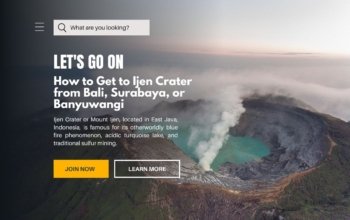
How to Get to Ijen Crater from Bali, Surabaya, or Banyuwangi
Ijen Crater or Mount Ijen, located in East Java, Indonesia, is famous for its otherworldly blue fire phenomenon, acidic turquoise lake, and traditional sulfur mining. Whether you’re starting your journey from Bali, Surabaya, or Banyuwangi, this guide explains how to reach the crater safely and efficiently. Getting to Ijen Crater from Bali Traveling from Ba... read more
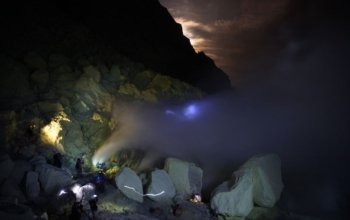
Ijen’s Blue Fire: A Mystical Midnight Volcanic Adventure
Ijen Blue Fire: Deep in the volcanic highlands of East Java, Indonesia, lies a spectacle so rare that it exists in only two places on Earth. At Mount Ijen, beneath the cloak of darkness, a surreal electric-blue fire dances along the crater’s sulfuric slopes — a glowing phenomenon that defies logic and ignites the imagination.... read more
Contact Us
If you have any questions, please contact us.
-
Hotline
+6285 185 319 904 -
Whatsapp
085185319904 -
Email
ijenexpeditiontours@gmail.com
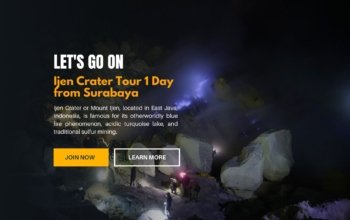
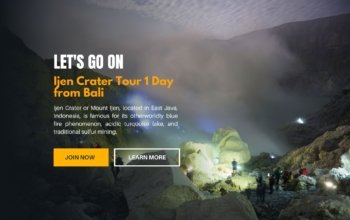

No comment yet